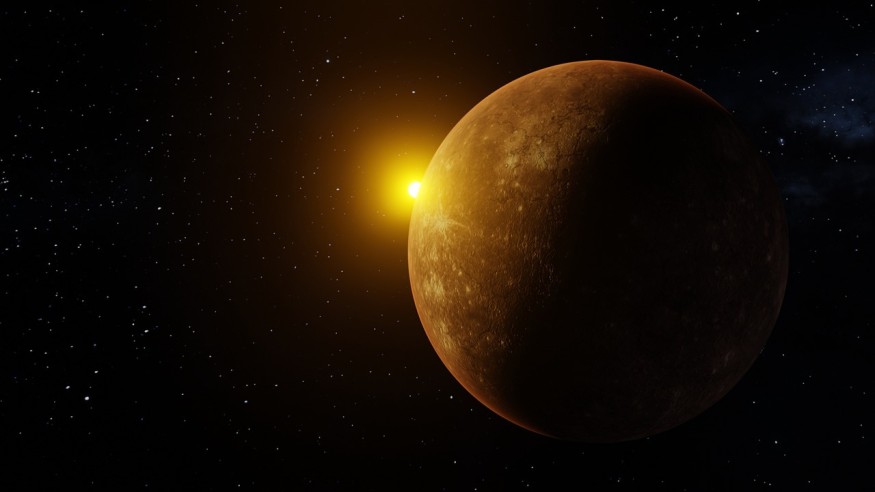Scientists discover potential salt glaciers on Mercury, suggesting life-supporting conditions despite extreme temperatures. This parallels recent findings of nitrogen glaciers on Pluto, indicating widespread glaciation across the solar system.
Researchers from the Planetary Science Institute (PSI) identify evidence of salt glaciers on Mercury's surface, reminiscent of harsh salt-rich environments on Earth where life persists. The discovery challenges assumptions about Mercury's inhospitality and raises intriguing possibilities for the existence of biological life in certain regions of the solar system's smallest planet.

Salt Glaciers and Volatile Discoveries Challenge Preconceptions
Scientists from the PSI propose that the salt glaciers discovered on Mercury might harbor conditions conducive to life, akin to extreme environments on Earth where microbial life thrives. PSI scientist Alexis Rodriguez highlights the habitable niches created by specific salt compounds on Earth, prompting speculation about subsurface areas on Mercury potentially being more hospitable than its harsh surface.
NASA's Messenger probe discovered volatile compounds like sodium, potassium, sulfur, and chlorine on Mercury, challenging previous assumptions about their depletion due to the planet's proximity to the Sun and lack of atmosphere.
The team's findings suggest volatile-rich exposures across planetary landscapes, implying the existence of "depth-dependent Goldilocks zones" where life could potentially thrive at specific depths rather than on the surface.
Rodriguez emphasizes that the discovery of Mercurian glaciers expands comprehension of environmental parameters supporting life, offering a vital dimension to astrobiology exploration relevant to Mercury-like exoplanets.
This challenges the notion that Mercury lacks volatiles essential for life emergence, indicating the potential existence of buried Volatile Rich Layers (VRLs) beneath the planet's surface.
How Did Salt Glaciers on Mercury Form?
The formation of Mercury's glaciers, as suggested by new findings, diverges from Earth's glaciers and likely occurred on the planet's already solidified surface early in its history, rather than originating from internal material.
Bryan Travis's team posits that these distinct glaciers on Mercury originated from deeply buried VRLs exposed by asteroid impacts, with salt flow likely responsible, retaining volatiles for over 1 billion years. The glaciers, displaying a complex arrangement and sublimation pits, indicate the bulk retention of a volatile-rich composition.
Deborah Domingue, noting the absence of these features in surrounding crater floors and walls, proposes that asteroid impacts revealing VRLs explain the correlation between hollows and crater interiors, shedding light on Mercury's geological history and potential habitability.
The researchers focused on two regions, the impact crater Raditladi and the north pole region Borealis Chaos, concluding that considerable volatile compounds are present in underground glacier-like forms exposed by asteroid impacts.
Scientists suggest that these salt layers originated in Mercury's distant past when volcanic water vapors containing sodium condensed into temporary pools of water. Subsequent evaporation by the Sun left behind sodium layers accumulating over billions of years, possibly containing evidence of life akin to Earth's salt pools harboring microbial life.
As scientists eagerly await the BepiColombo probe's arrival at Mercury in 2025, the discoveries of salt glaciers and volatile compounds open avenues for unraveling more mysteries about the planet's composition and potential for sustaining life.
RELATED ARTICLE: Scientists Discover Frozen Methane Dunes on Pluto
Check out more news and information on Mercury in Science Times.
© 2025 ScienceTimes.com All rights reserved. Do not reproduce without permission. The window to the world of Science Times.












